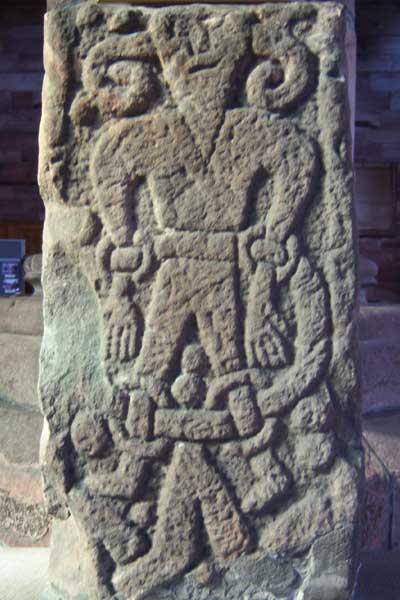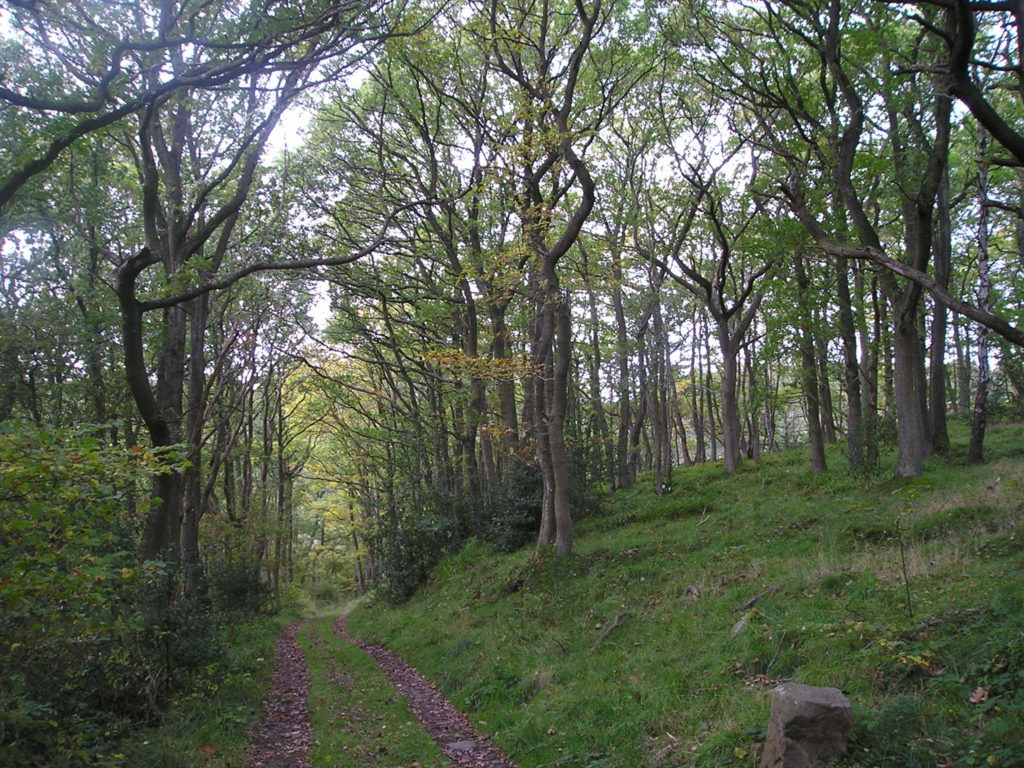What’s special?
Archaeology: Anglo-Saxon and Viking
Anglo-Saxon and Viking (c410-1066AD)
As with many areas of northern England, the post-Roman centuries represent something of a gap in the archaeological record. People must have still been living here, but we know very little about them.


Early Christianity
The North Pennines were within the great Anglo-Saxon kingdom of Northumbria during the 7th and 8th centuries, but seem never to have been anything other than a peripheral zone. The northern fringes of the AONB did, however, witness a key event in 634AD, when, in the aftermath of the Battle of Heavenfield, the fleeing Cadwallon was killed by King Oswald’s forces on the Rowley Burn, thus clearing the way for the onset of the Northumbrian Golden Age. Christianity then took over completely from the old pagan religions, although some people still held pagan beliefs as demonstrated by the fine c1,200 year-old carving of Loki, a Norse god, preserved in Kirkby Stephen church.
In 883, much of the land between the Tyne and the Tees was granted by King Guthred to the Community of St Cuthbert: thus it was owned and managed by the ecclesiastical authorities in an early version of what would become County Durham. We know little about how the Community managed its land in the Dales, but assume that hunting expeditions from settlements in the adjacent lowlands were popular here as they had been in Roman times.
Settlement
Four fascinating settlement sites dating from the late 8th century have been partially excavated at Simy Folds on Holwick Fell (Upper Teesdale), where more than twenty similar sites have been recorded within an extensive field system that may have prehistoric origins. These settlements consist of rectangular buildings and small, enclosed yards: one of them produced evidence for iron smelting and smithing. They may represent incursions into the area by Norse (Viking) communities from Cumbria. Further evidence for pre-Conquest (that is, prior to 1066) industrial activity has been unearthed by the Bollihope Common project, above Stanhope in Weardale. On lower ground, it is assumed that many of our present-day villages were founded during the latter half of the first millennium, and some churches were first built at this time, but evidence from pre-Conquest times is exceedingly sparse.
Place-name evidence suggests that northern and eastern regions of the AONB were dominated by Anglo-Saxon communities, while Norse influence was much greater to the south and west, in Teesdale and the Eden Valley.











